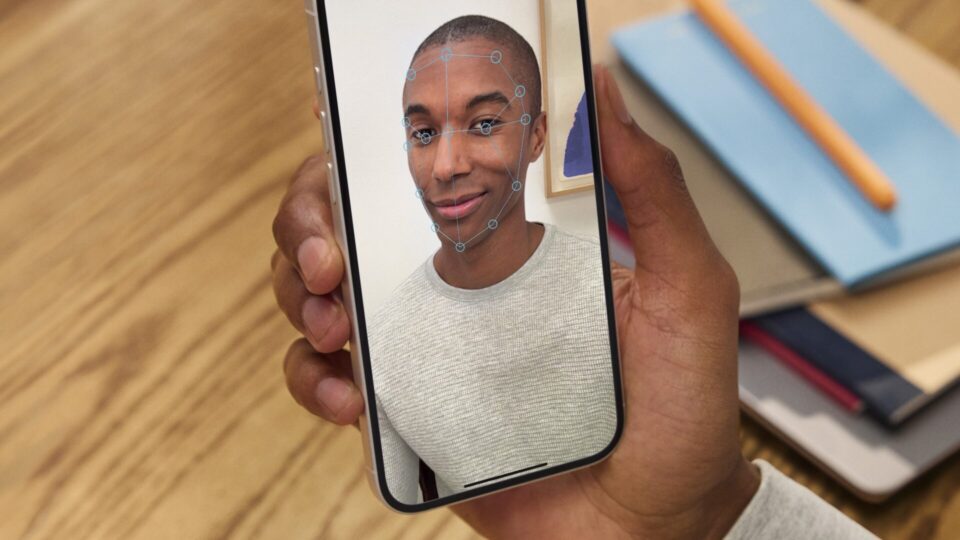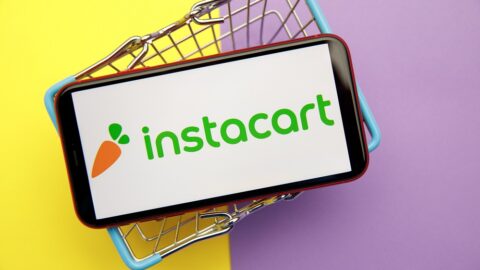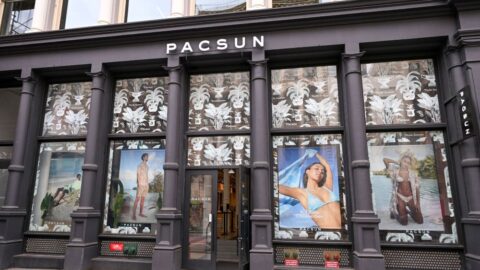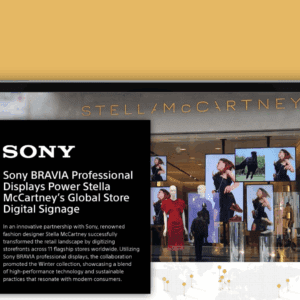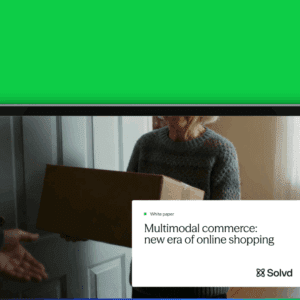When Warby Parker first debuted in 2010, the DTC brand upended the eyewear market with its home try-on offering, which allowed customers to test out frames, for free, in the comfort of their own home and send back those they didn’t like. Now, 15 years into the company’s journey, Warby Parker has decided that signature service is no longer necessary.
“Today, our differentiated in-store experience across 300 locations, combined with increasingly personalized digital tools like our industry-leading first true-to-scale virtual try-on, have transformed the way people engage with our brand and shop for eyewear,” said Neil Blumenthal, Co-founder and Co-CEO of Warby Parker on a call discussing the company’s Q2 earnings.
In fact, Blumenthal said that the vast majority of recent home try-on customers live within 30 minutes of a Warby Parker store.
The elimination of the home try-on service doesn’t mean the company is abandoning ecommerce; rather, it believes that its new virtual try-on tools, such as its new AI Advisor that debuted in May, are more than sufficient to drive online sales.
“The new features that we’ve introduced are driving strong year-over-year growth in direct ecomm glasses purchases that don’t involve a home try-on,” said Steve Miller, SVP and CFO of Warby Parker, who also announced he was leaving the company for a new opportunity, on the call. “Now we’ll have one less message on our site and in our marketing materials, and we can more effectively reallocate those resources to driving customers to the newer parts of our business that are driving higher incremental returns, namely to our 300+ stores and our AI-driven digital features on our site.”
Growing Store Footprint Minimizes Need for Home Try-On
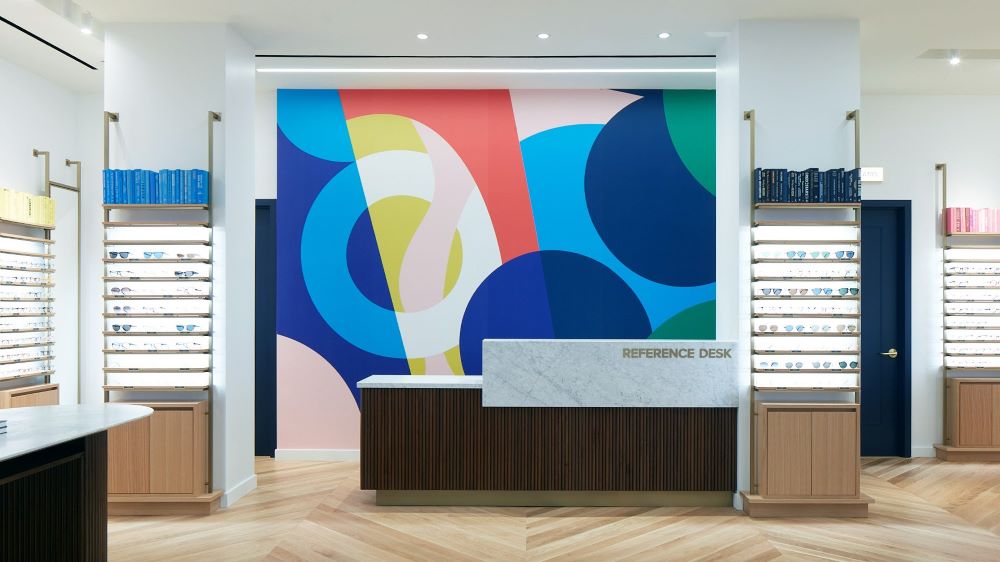
Earlier this summer, the brand opened its 300th store in lower Manhattan’s Brookfield Place, just a few miles from its very first store in SoHo. Additional stores are on the horizon, with Blumenthal saying that the company has significant potential to deepen its penetration in existing markets while also expanding to new ones: “We’re also seeing clear benefits from our densification strategy, in that markets with the highest number of stores frequently have the highest ecommerce growth, driven by greater brand awareness and customer engagement across channels,” added Blumenthal.
The company also continues to roll out its shop-in-shops in Target, with additional locations set to open this month. Co-founder, Co-CEO and Co-Chair David Abraham Gilboa said the reception to the new concept has been positive.
New Areas of Opportunity: Eye Exams and Smart Glasses
Warby executives were enthusiastic about two newer areas of the business as potential growth drivers — the addition of eye examination facilities in its stores and the company’s newly announcement partnership with Google to develop AI-enabled smart glasses.
Over the course of the past year, nearly every new store that has been opened has included an eye exam suite, bringing the total number of stores with eye exam capabilities to 259 stores, or 87% of the total fleet. In Q2 alone, Warby Parker’s eye exam business grew 44% year-over-year to account for 6% of total revenue.
“Eye exams drive traffic, conversion and average revenue per customer, given roughly 75% of glasses are purchased at the same location as the exam,” shared Bluementhal. “Today, the majority of our customers still bring prescriptions from external providers, underscoring a significant long-term opportunity to capture more of the vision care journey.”
The company also sees huge future potential in the smart glasses arena: “We anticipate that smart glasses adoption will dramatically accelerate when consumers are able to use their glasses, not only for photos and audio, but when they become the primary interface with which they engage with AI,” said Miller. “And we believe that Google has very unique capabilities in terms of how advanced their AI is, not to mention the scaled assets they have from the Android operating system to Gmail, Maps, Search, YouTube and so much more that will give wearers incredible value when paired with Gemini.
“We believe this is a massive new opportunity,” Miller added. “We’ve seen computing evolve from desktops to laptops to phones, and we’re incredibly excited that as we enter the AI era, glasses are poised to be the next major computing platform. It’s hard to overstate the size of this potential market opportunity.”
Warby Parker raised its 2025 outlook on a strong Q2, during which net revenue increased 14% year-over-year to $214 million and active customers bumped up 9% to 2.6 million. The company now expects net revenue for the full year to fall within the range of $880 million to $888 million, representing growth of approximately 14% to 15%.



